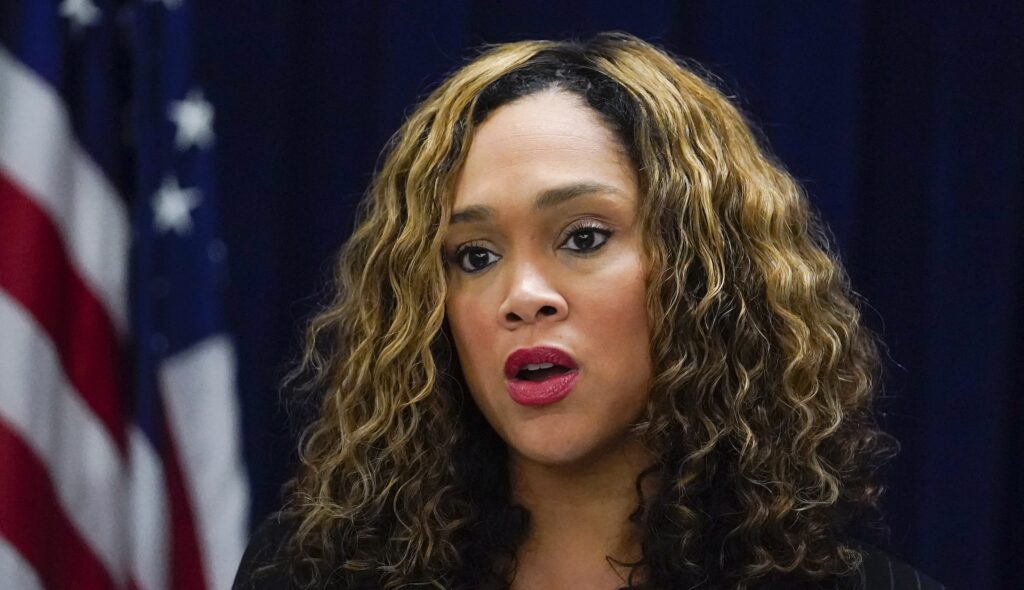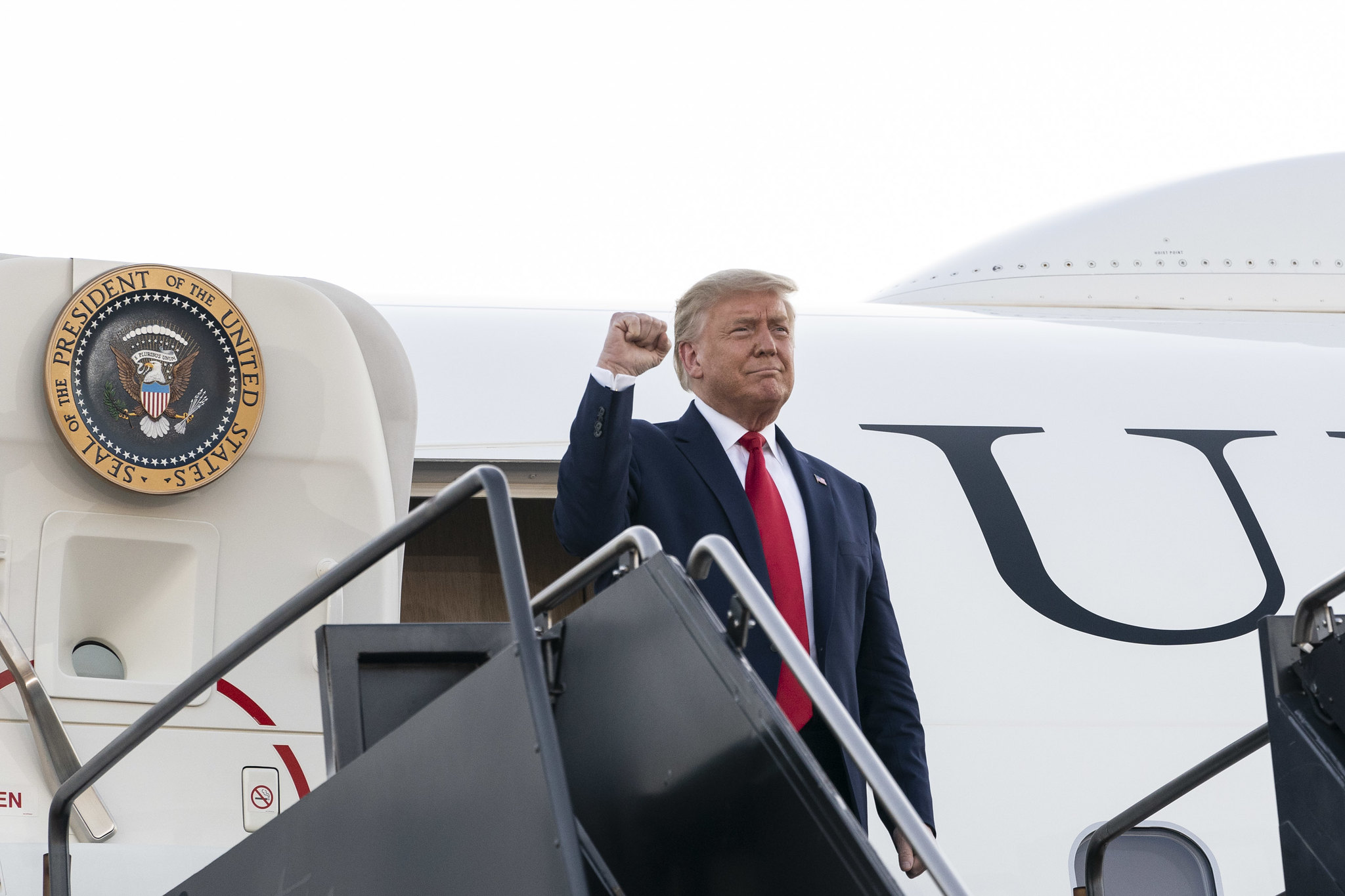Get ready for a costly and lengthy Baltimore bridge reconstruction that may not meet expectations
The construction industry faces challenges meeting client demands for projects that are good, fast, and cheap. Achieving all three is rare, with trade-offs between speed, cost, and quality. This concept extends to infrastructure projects like bridge constructions, which often face delays, cost overruns, and aesthetic demands that contribute to increased expenses and lengthy timelines. The construction sector struggles to fulfill client expectations for projects that are high-quality, quick, and affordable. Balancing these three factors is difficult, leading to compromises in speed, cost, and standards. This complexity also applies to infrastructure schemes such as bridges, plagued by delays, budget exceedances, and design intricacies that escalate costs and project durations.
There is an old adage in the construction industry. All customers want their project three ways — good, fast, and cheap. No such projects exist in reality, but owners can sometimes have two of the three. Fast and inexpensive but shoddy. Quick and good but expensive. You get the drift.
Extrapolate that concept to a perfect new bridge or highway with all the bells and whistles, with which everyone will be happy, and you will get an exceedingly slow, high quality, and inexplicably expensive finished product.
Besides famous treasures like the Golden Gate or London Tower Bridge, when is the last time you remember what a bridge looked like after you passed under or over it? Likely never, as long as you traveled without incident.
The purpose of a bridge over water is to allow people or vehicles to cross without getting wet — and to let boats pass under it. Those engineering priorities have become secondary to many other interests, and that is why we cannot have nice infrastructure in a timely fashion and at a reasonable cost.
A recent major bridge collapse in Baltimore has renewed the question of why U.S. infrastructure is so expensive and takes so long to deliver. President Joe Biden said he wants the federal government to fund the entire cost of replacing the Francis Scott Key Bridge. Procuring the dollars will not be the main slowdown.
Cost Estimates
Current official estimates are that the bridge could cost between $300 million and $1.2 billion to replace, making it sound like there will be more than enough insurance money to get going right away on the updated version. However, that number is low by a multiple.
For context, the original Francis Scott Key bridge was built in 1977 and cost $60 million, which is $300 million in today’s money. The insurance companies for the shipping company whose vessel struck the bridge will limit their liability to around $43 million or so by relying on the Limitation of Shipowners’ Liability Act (1851), the same law passed by Congress on which the owners of the Titanic relied to avoid financial ruin when that ocean liner sank.
The bridge is insured (as opposed to the shipping companies) by Chubb for $350 million. It is likely the insurers will pay out their policy limits, which could be used to fund some of the cleanup, exploratory borings, and other design work needed for a replacement bridge. After combining that sum with the shipping company’s capped liability, more money will be needed to stem the shortfall. But why will there be a shortfall?
Aesthetics
Generally, Americans get too involved in and demand that new infrastructure be more aesthetically pleasing than necessary. Pretty costs a fortune. Think of the necessary bridge as a single man’s beige apartment futon. Consider the bridge that will eventually be erected to be a series of pastel sectionals with ottomans and blankets, end tables, and a few dozen throw pillows in a forever home. The necessary will yield to the desired. But how widespread is this problem?
U.S. infrastructure is dangerously overstretched and lags behind our global economic competitors. In its 2021 report card, the American Society of Civil Engineers (ASCE) gave the nation’s infrastructure a C-, up from a D+ in prior years. The ASCE estimates there is an “infrastructure investment gap” of nearly $2.6 trillion this decade that, if not reversed, could cost the U.S. $10 trillion in lost domestic product by 2039. Our important stuff wears out faster than we choose to fix or replace it.
American roads (I-95) and bridges (Brooklyn) and tunnels (Hudson River) and dams (Mojave) are old and failing. All infrastructure requires innovation and funding, but we tend to think only about the condition of transportation infrastructure when it comes down. The I-35 bridge in Minneapolis collapsed over the Mississippi with people on it in 2007. Does it seem that long ago? Why do we wait to fix the problems?
Delays Cause Increased Costs
The answer is costs. In 1960, the U.S. spent on average $9 million per mile for new highway construction. By 1990, that number was $38 million per mile. It has gone up from there.
California built the 2009 Sepulveda Pass freeway extension project to add a carpool lane to a 10-mile stretch of Los Angeles’ I-405 freeway. The project was completed in six years, only a year behind schedule, for $1.6 billion — 55 percent over budget — which equates to $160 million/mile.
Notably, though, due to local involvement and after a nearly endless series of meetings, one section of the project was officially approved to be sandblasted in the pattern of flying birds. Many newer under and overpasses around the country feature stenciled designs in concrete and other precast artwork. Take a look on your way home from work. Of course, none of that makes the bridge last longer or work better. But these things do take time.
For further context in Baltimore, New York’s Tappan Zee Bridge cost $81 million to build in 1955 ($760 million in today’s dollars). A few years ago, the New Cuomo Bridge replaced it for a cost of $4 billion, or more than five times the Tappan Zee’s original construction cost adjusted for inflation. Five times today’s cost of the original Baltimore bridge is $1.5 billion. The administration’s estimates are coming in lower than that figure because they have not considered the whole picture.
Cost of the Citizen Voice
Input prices for labor and materials, meaning costs of material and labor, have changed little over time and are not driving the lion’s share of the added project costs. Rather, the increased cost per mile is mostly explained by the rise of the so-called “citizen voice” in government decision-making over the last 50 years.
Secondarily, rising incomes and housing prices correlate directly with the increasing costs of infrastructure. Everyone has their fingers in the design and construction of these projects, and wealthier people demand nicer versions of what is actually needed in order to match their standards of living and expectations. In foreign countries, bridges are concrete and steel that can carry the loads of vehicles. Here, they are statement pieces and inherently political.
More well-heeled taxpayers will pay more for expensive highways and bridges and demand to have their voices heard and acknowledged in the political process. Who wants to leave a shiny office tower for gorgeous suburban digs and have to drive over an ugly bridge in between?
In fact, the doubling in real median per capita income over the last few decades correlates with roughly half of the increase in expenditures per mile over the same period. The rest is due to the increased volume of outside inputs (influence), not the prices of labor and materials. States appease the public by constructing more ancillary structures, such as bridges and ramps, and default to more circuitous routes later in their programs. The planning and design development processes have become the things of nightmares.
A prime example of the citizen’s voice is the environmental movement and the rise of homeowners as organized lobbyists that empower them to make their preferences known to their governments. Their tools include environmental review and architectural review boards that force the government to fully internalize the negative externalities of interstate construction (not in my back yard, and I don’t want to hear or see that highway). Mandated public input and accouterments such as noise barriers and green spaces create delays and increase planning costs. The rise of the citizen voice and relative affluence of stakeholders are key drivers of the expanded duration and budgets for these projects and will not likely diminish over time.
Baltimore’s Bridge
What does this all mean for the Francis Scott Key Bridge? Instead of simply building to a safe standard, the future will bring a mind-numbing display of political paralysis, delays, overruns, and disappointments.
Citizen groups, including dozens that have yet to form, will require their say-so to be considered before the replacement bridge is even designed. They will want renderings, 3D models, naming rights, an aesthetics veto, silent construction, and will demand the bridge be manufactured with net-zero carbon emissions. Someone will want trees and ivy all over it. Others will demand laser light shows, parks and playgrounds, and that homes and businesses be taken by eminent domain to make room for a thoroughfare at each end of the bridge.
This is the government, so the process will be opaque, there will be local, state, and federal influence, environmental justice and “diversity, equity, and inclusion” considerations, and local hiring requirements. Baltimore already has an “infrastructure czar.” Money will be no object because this bridge understandably must be replaced to accommodate commerce. Add to these regulations others protecting tadpoles or bats, and make all the bridge lights solar, and install wind turbines on the bridge to take advantage of other federal subsidies. With each of these desires will come meetings, public relations snafus, paperwork, protests, allocation of funds, political grandstanding, and speeches — lots of speeches. Meanwhile, an engineer will wait frozen in time at his laptop as each taxpayer’s wallet prepares to get lighter.
" Conservative News Daily does not always share or support the views and opinions expressed here; they are just those of the writer."





